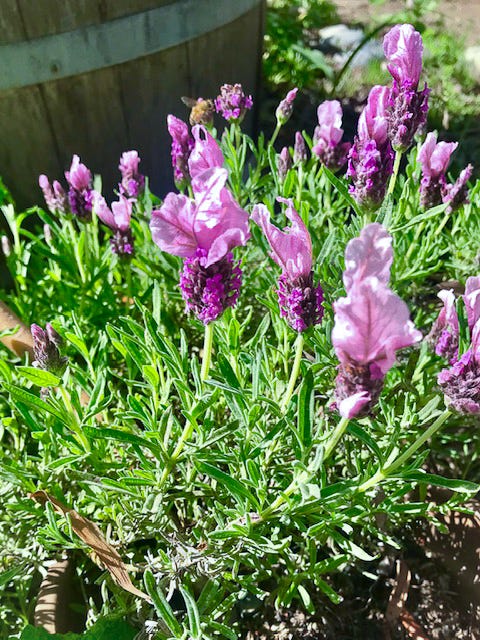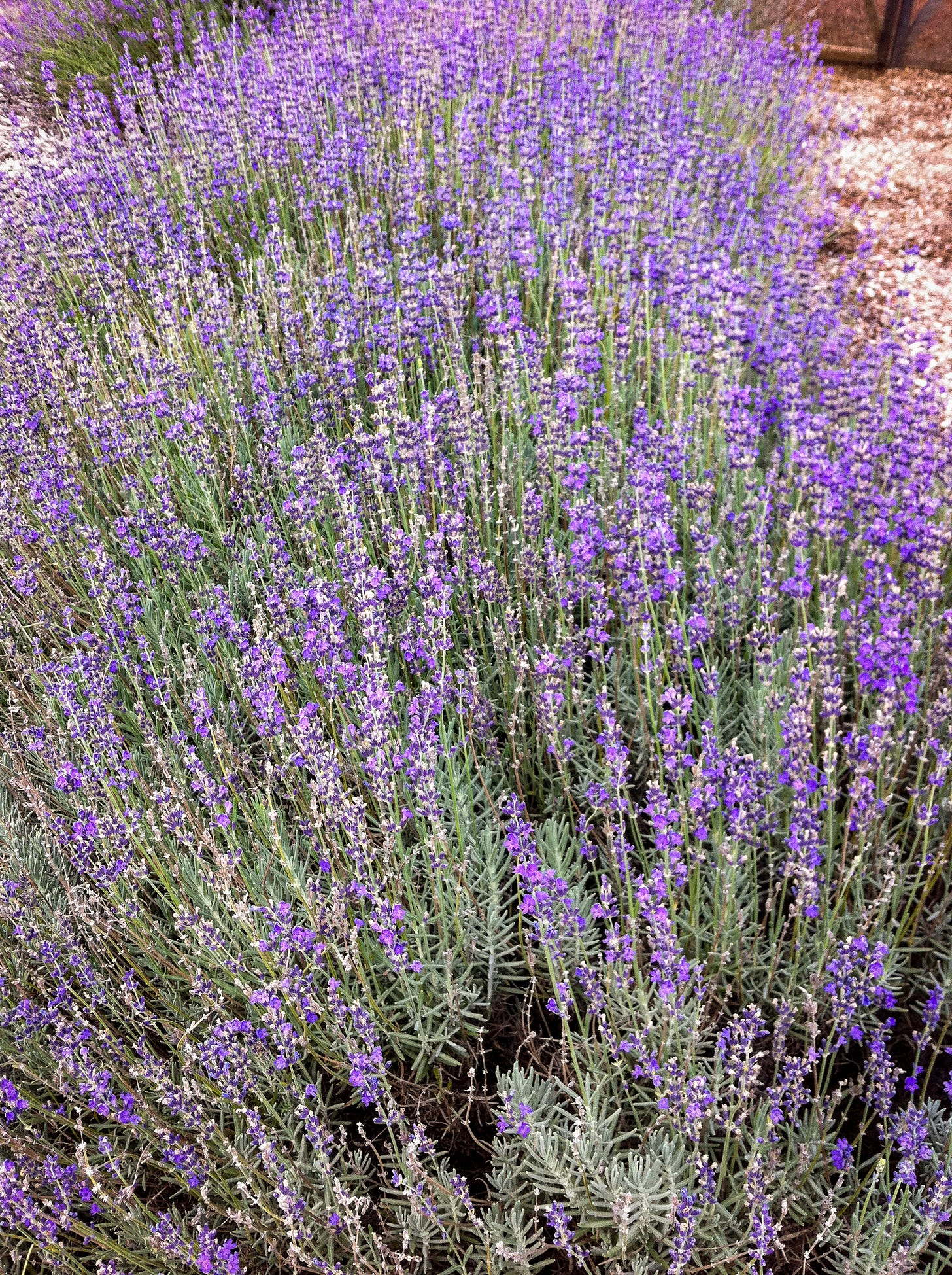We need your help
First, thank you for engaging with Napa Valley Features. As we approach our first anniversary on May 6, we are grateful for the thousands of subscribers who have joined us and the vibrant community that has emerged around our commitment to deliver impactful local journalism. Our content resonates not just in Napa Valley but as a bellwether for similar communities elsewhere.
Here's how you can support our mission as we aim to reach 1,000 paid subscribers, with only 80 more needed:
If you currently enjoy our content as a non-paid subscriber, please consider upgrading to a paid subscription. Your support is crucial in helping us continue our work.
If you're already a paid subscriber, thank you! You can further help by increasing your subscription level or gifting a subscription to someone who values insightful journalism.
Together, we can continue to inform, connect and engage everyone interested in the vibrant life and pivotal issues of the Napa Valley. Join us in making a meaningful impact.
Thriving with lavender: Master Gardener tips for Napa's ideal climate
NAPA VALLEY, Calif. — I never had luck growing lavender until I moved to Napa County. I had lived in fogbound areas with lots of rain, lots of redwoods and soil that didn’t drain well, and those are exactly the conditions that prevent lavender from thriving.
Napa Valley, with its Mediterranean climate, is perfect for lavender. I began planting it in my yard and was rewarded with beautiful, healthy, fragrant plants that attracted bees and butterflies galore.
Lavender belongs to the Labiatae plant family, also called Lamiaceae. Many culinary and medicinal herbs belong to this family; some, like mint, have square stems. Its genus, Lavandula, contains 28 species.
English lavender, with its spires of florets, is Lavandula angustifolia. Hedge lavender is Lavandula intermedia. French lavender is Lavandula dentata, which refers to its toothed leaves. Spanish lavender, or Lavandula stoechas, is easily recognized. Its bloom is shaped like a fat bumblebee, with four petals that look like rabbit ears.
Lavender comes in a range of colors, from white to dark red—and, of course, lavender. Julie Thompson, a Napa County Master Gardener and professional lavender grower, particularly likes ‘Opal Rain,’ a pale pinkish-white lavender, for its fragrance. She also recommends ‘Folgate’ because, she says, “it is a jack-of-all-trades,” good for hedges, bushes, containers and cooking. Both are of the L. angustifolia type and are edible.
Speaking of edibility, lavender plants contain linalool, a compound that is poisonous to dogs and cats if ingested in large quantities. The key word is “if.” A pet would have to eat a lot of lavender to become sick, and the fragrance of lavender isn’t enticing to cats or dogs.
Over thirty years, neither feline nor canine has betrayed the slightest interest in the lavender in my yard. The only way my pets would eat lavender would be if I poured bacon fat on it.
As for the rest of us, lavender has many culinary uses, and the best lavender for those purposes is English lavender. Other types contain camphor and just don’t taste that good. Of course, you should only ingest lavender that has not been sprayed with pesticides.
Lavender prefers sandy, well-drained soil and six hours of sun a day. It enjoys spring rain but can survive the summer with very little water.
If you have clay soil, you can add compost (always a good idea) or plant your lavender in raised beds or containers. Thompson suggests growing lavender in raised mounds if your soil doesn’t drain well or planting it on an incline.
Lavender appreciates pea gravel or decomposed granite for mulch, rather than organic matter. It also likes good air circulation. If you want to feed it with an organic fertilizer early in the growing season, go ahead. But be aware that too much nitrogen fertilizer will encourage abundant leaves, but not flowers.
I usually have a few lavender plants in containers. In the past, I would repot them after a couple of years, but now I put them in the soil and put new ones in the pots. I think lavender reaches a point where it just wants to stretch out.
Many gardeners are so thrilled to have a healthy blooming plant that they hesitate to prune it. Thompson said English lavender loves to be trimmed. Hedge lavender should be trimmed on top, not into the plant.
I let some lavender plants get too leggy, so I sheared them back by half. Now, a year later, they are fat and full of flowers.
Sunset’s “Western Garden Book” says if a lavender plant gets woody and open in the center, take out a few of the older branches, and remove more as new growth occurs. If that doesn’t work, ditch the plant. (Master Gardeners call this “shovel pruning.”)
When working with lavender, wear garden gloves to avoid possible contact dermatitis. Actually, gloves are a good idea when working with any plant.
Lavender oil is said to have some health benefits. The National Institutes of Health website confirms that it has antimicrobial properties. Tests have shown that some dental patients relax in response to lavender fragrance.
Several years ago, the UC Master Gardeners of Napa County hosted a speaker who recommended planting lavender (and other herbs) in groups of three, with groupings dispersed over the yard so that bees and butterflies will fly back and forth over the property.
Once some friends came over for a backyard dinner, and one guest couldn’t stop watching the bees and butterflies traversing the yard, searching for nectar in lavender, salvia and Mexican marigolds.
“Did you plant everything this way on purpose?” the guest asked. Yes, I did, and I was thrilled someone besides me was enjoying the effect.
Library Talk: Join UC Master Gardeners and Napa County Library for “Melons for Summer Sweetness” on Thursday, May 2, from 7 p.m. to 8 p.m. via Zoom. Many varieties of melons thrive in backyard gardens with enough space to let them spread. Get tips for choosing varieties, managing soil and irrigation, and learning how to tell when they are ripe. Register to receive the Zoom link.
Workshop: Join the UC Master Gardener of Napa County Rose Team for a workshop on “Summer Rose Care” on Saturday, May 4, from 10 a.m. to noon at University of California Cooperative Extension, 1710 Soscol Avenue, Napa (rear entrance). After the first spring blooms have faded, many rose bushes begin to show stress. Do you have black spot, rust, mildew or aphids? The Rose Team will provide research-based answers about all aspects of rose care. Attendees will be invited to join a hands-on workshop at Fuller Rose Garden in Napa on May 9 to practice what they have learned. Registration required.
Help Desk: The Master Gardener Help Desk is available to answer your garden questions on Mondays and Fridays from 10 a.m. until 1 p.m. at the University of California Cooperative Extension Office, 1710 Soscol Avenue, Suite 4, Napa. Or send your questions to mastergardeners@countyofnapa.org. Include your name, address, phone number and a brief description.
If today's story captured your interest, explore these related articles:
UC Master Gardeners of Napa County Embrace the Natural High of Gardening
Napa’s convergent lady beetles: a Master Gardener’s discovery and insights
Moths and butterflies: Understanding their role and diversity in our gardens
Further reading (suggestions from the author):
The New Sunset Western Garden Book, pp. 401-404
The Effects of Lavender Essential Oil and Its Clinical Implications in Dentistry: A Review
Cindy Watter is a UC Master Gardener of Napa County.








My lavender has gone crazy this year. I guess everyone likes a bit of rain. I grow French and Spanish lavender and have a variety of colors. I wish it bloomed longer, but it makes for a glorious spring.
Love lavender of all kinds.